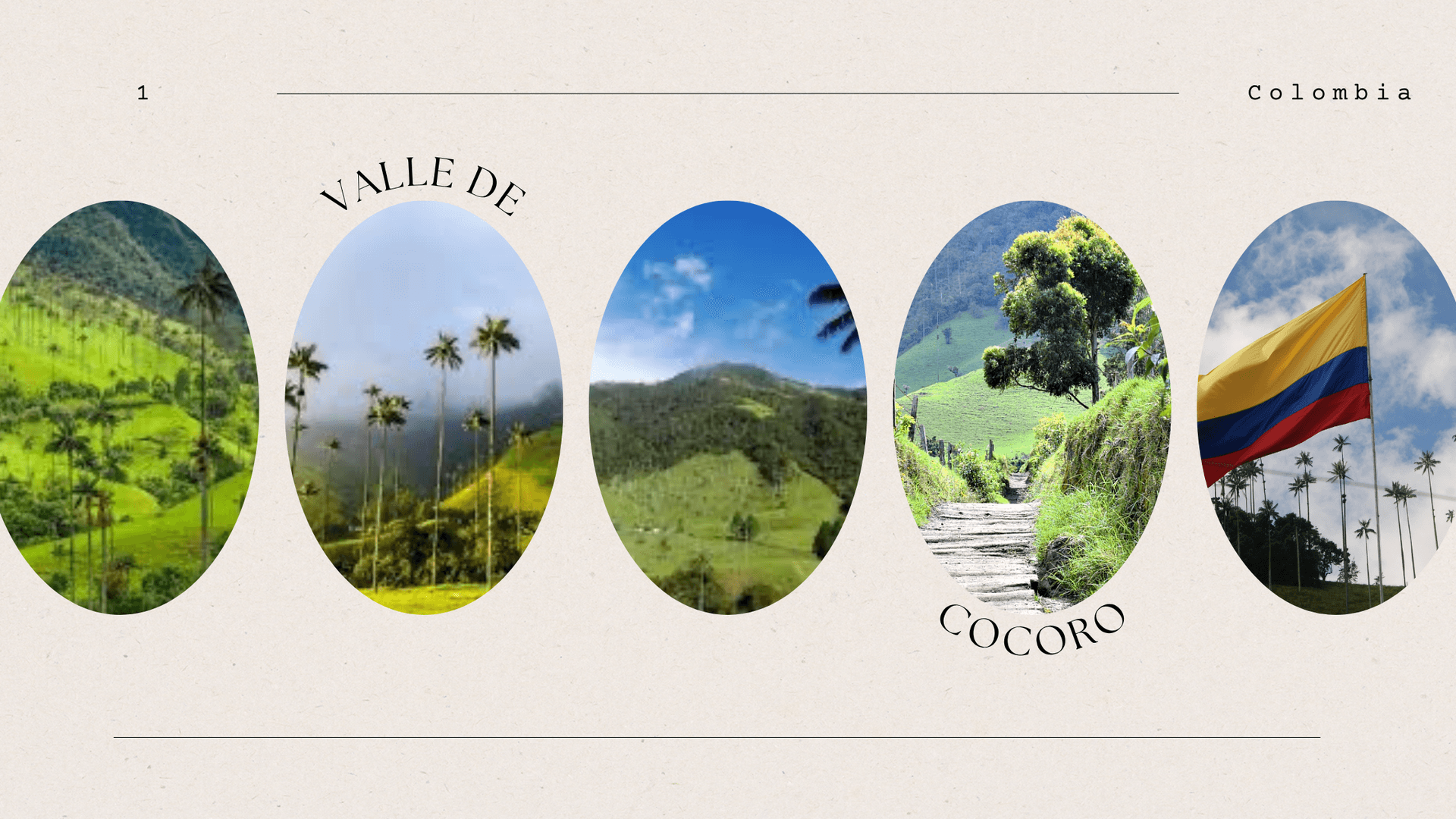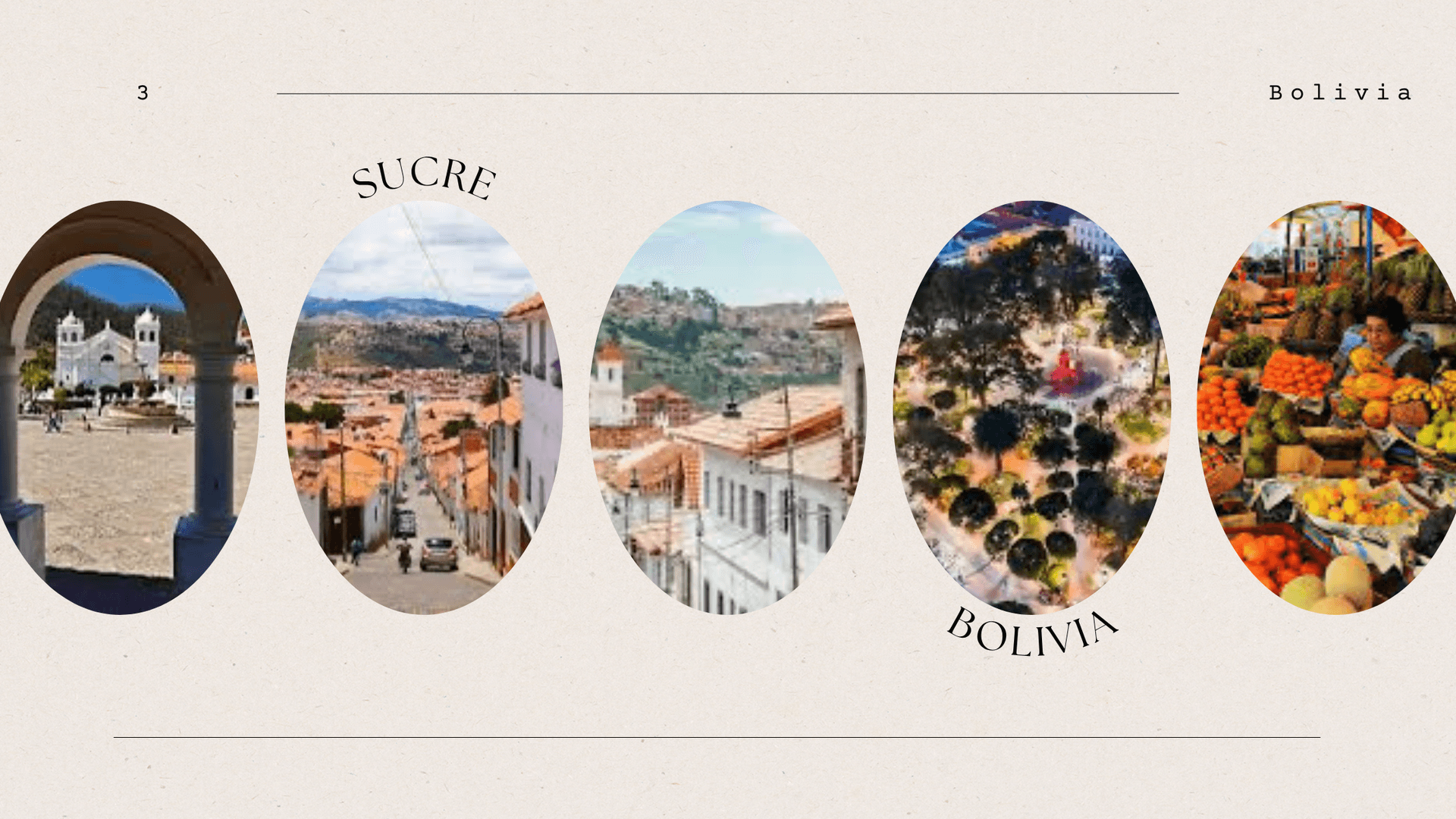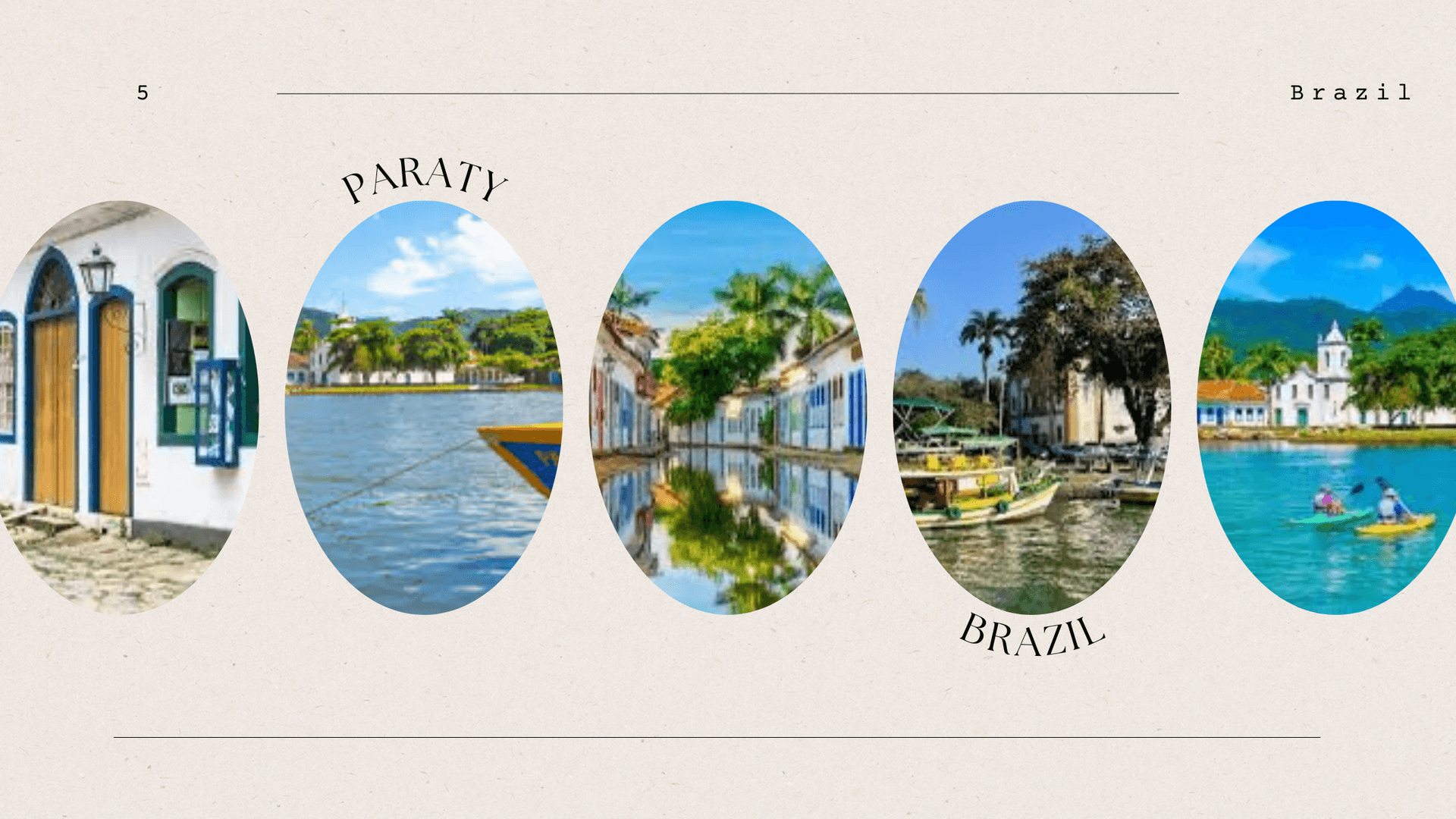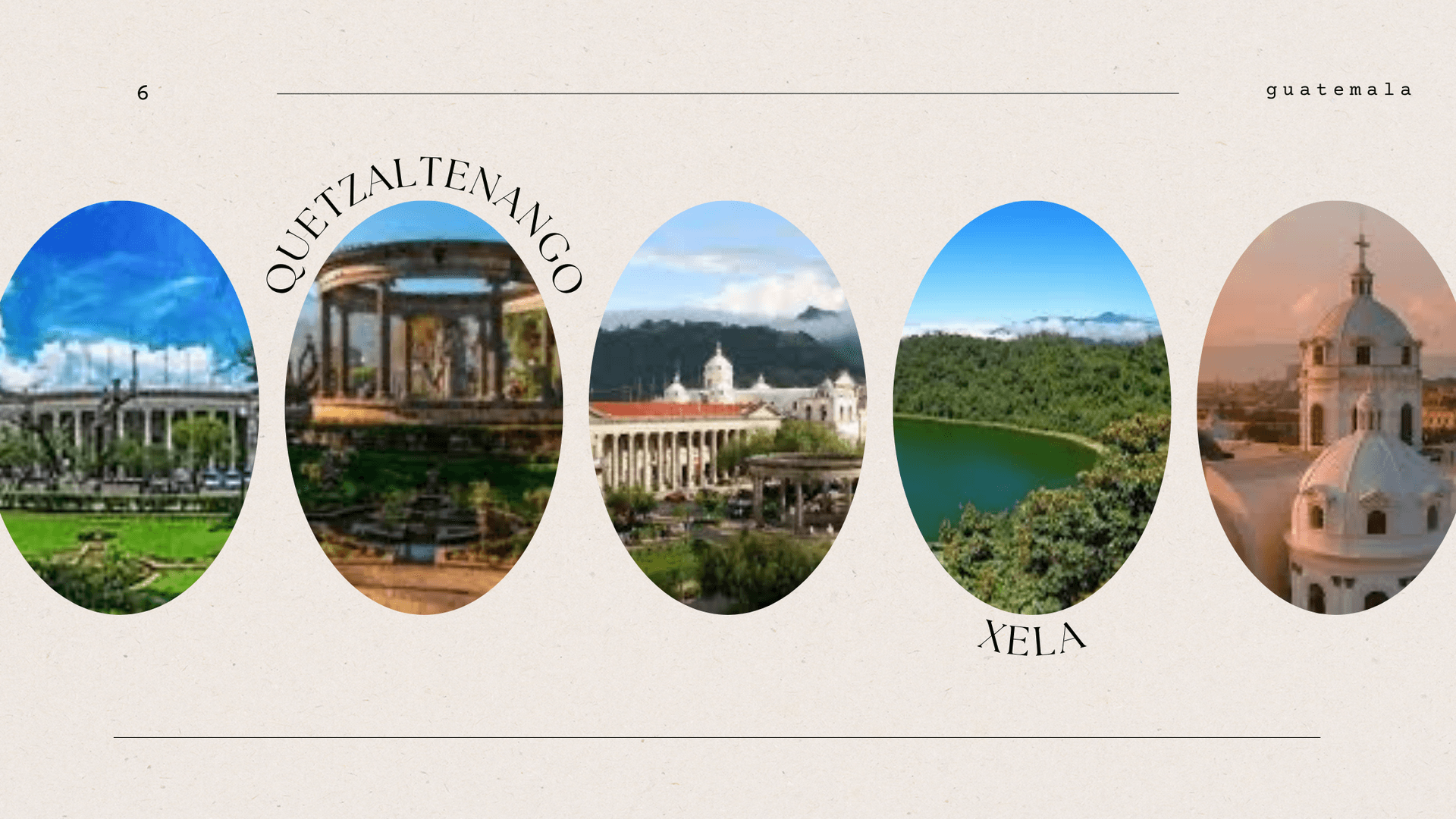Hidden Gems: Exploring Lesser-Known Destinations in Latin America
PT
Discover the Underrated Beauty of Latin America
Latin America is a region rich in culture, history, and breathtaking landscapes. While popular destinations like Rio de Janeiro, Cancun, and Buenos Aires attract millions of tourists each year, there are countless lesser-known spots that offer equally stunning experiences. Exploring these hidden gems not only provides a unique travel experience but also supports local communities and promotes sustainable tourism.

Valle de Cocora, Colombia
Nestled in the Andean Mountains near Salento, this place is absolutely breathtaking. Cocora is home to the famous wax palm trees, the tallest palms in the world. The valley also offers lush hiking trails, cloud forests and the prettiest views.
Here's how to get there
1. From Bogotá → Salento
- By Air is the fastest
- ✈️ Fly to **Pereira (PEI) or Armenia (AXM) (1hr flight, ~$50-100).
- 🚐 From airport: Take a shared van to Salento (1hr, ~$10).
- By Bus
- 🚌 Bogotá → Armenia (8-9hrs, ~$25-35, companies: Bolivariano, Expreso Palmira).
- 🚐 Armenia → Salento (45min, frequent colectivos from Terminal de Transportes).
2. Salento → Valle de Cocora
-Jeep Willy:
- 🚙 Catch a shared jeep from Salento’s main square (Plaza de Bolívar).
- ⏰ Schedule: First jeep at 6:30AM, last return at 5:30PM (every 30mins).
- 💰 Cost: ~$3-4 USD each way (15min ride).
- 💡 Pro Tip: Arrive by 7AM to avoid crowds and fog!
🎒 Entry & Logistics
-Entrance Fee: ~$2-3 USD (cash only, paid at trailhead).
-Best Time to Visit: Dry season (Dec–Mar, Jul–Aug) for clear views.
-Trail Options:
-Short Loop (1-2hrs): Direct to palm valley (best for photos).
-Full Loop (5-6hrs): Includes cloud forest + Casa de los Colibríes (hummingbird spot).
✨Pretty Tips✨
1. Wear waterproof boots – Trails get muddy!
2. Pack layers– Weather shifts rapidly 15°-25° C(59-78°F)
3. Cash is king – No ATMs in Cocora; bring pesos.
4. Safety: Stick to marked paths (no solo hiking after 3PM).

Isla Holbox, Mexico
This tranquil island paradise is off the Yucatán Peninsula. Isla Holbos is a haven for the travelers seeking untouched beaches, turquoise waters and a slower pace. Offering whale tours and bioluminescent waters, this charming village is sure to please with its vibrant street art and fresh seafood. It's car free and that adds to its unique charm.
Heres how to get there
✈️ Step 1: Get to Mainland Jump-Off Points
Option A: From Cancún International (CUN)
-To Chiquilá Port(ferry departure point):
- 🚐 ADO Bus (2.5hrs, ~$15, 4x/day)
- 🚗 Private Transfer (2hrs, ~$80/car, book via Canada Transfers)
- 🚕 Taxi (2hrs, ~$100, negotiate fare upfront)
Option B: From Mérida
- 🚐 ADO Bus to Chiquilá (4.5hrs, ~$25)
- ✈️ Small Plane (Aerosaab to Holbox Airport, 45min, ~$250)
⛴️ Step 2: Ferry to Holbox
- Ferry Companies
-9 Hermanos** (30min, ~$15 USD round-trip)
-Holbox Express (25min, ~$20 USD with open bar)
-Schedule
- First ferry: 6:00 AM
- Last ferry: 9:30 PM (hourly departures)
- Parking: Secure lot in Chiquilá (~$5/day)
🚤 Alternative: Private Boat Transfer
-Cost: ~$150 one-way (groups of 6-8)
-Best for: Early/late arrivals (flexible timing)
🏝️ Arriving in Holbox
-No Cars: Golf carts/bikes only! Rent near the pier (~$30/day for cart).
-Key Areas:
-Downtown: Budget hotels, restaurants
-Punta Cocos: Secluded beachfront (20min cart ride)
✨ Pretty Tips✨
1. Avoid Peak Hours: Ferries get packed at 11 AM – 3 PM.
2. Pack Light: Cobblestone streets + no elevators in hotels.
3. Cash Only: Few ATMs on the island (bring pesos).
4. Bug Spray: Mosquitos are relentless at dusk!
🌅 Best Time to Visit
-Dry Season: Nov–Apr (sunny, 75–85°F)
-Avoid: Sep–Oct (rainy, some closures)

Sucre, Bolivia
This constitutional capital is so pristine, it feels like stepping back in time. The white colonial buildings and relaxed atmosphere is sure to draw in the travelers seeking to learn about dinosaur footprints and discover the local culture. It's simply beautiful and very chill. Sucre has its own airport.
Bolivia has an extensive and affordable long-distance bus network. Sucre's main bus terminal is Terminal de Buses, located about 3 km or 2 miles from the city center.
Common Bus Routes to Sucre:
From La Paz:~12-14 hours. Buses travel overnight. Companies like Todo Turismo (more luxurious) offer semi-cama or cama (reclining seat) services.
From Potosí:~3 hours. This is a very common and scenic route.
From Santa Cruz: ~12-14 hours (a long and often bumpy journey).
From Uyuni: ~7-8 hours. The road can be rough, especially in the rainy season.
✨Pretty Bus Travel Tips✨
Book a "Cama" or "Semi-Cama" seat for overnight journeys. They are much more comfortable.
Choose a reputable company. Todo Turismo, Trans Copacabana, and El Dorado are generally good choices.
Keep your valuables close. Bus terminals can be crowded.
Dress in layers. Bolivian buses are known for blasting the A/C, making them very cold at night.

Arequipa, Peru
Known as the White City for its stunning white volcanic architecture. It blends a natural beauty and colonial charm. Surrounded by volcanoes and close to the dramatic Colca Canyon. These canyons are also home to the majestic condors. This is a great place for trekking and exploring Peruvian cuisine without the crowds of the major city. The easiest and quickest way to get there is to flight into their airport.
🚌 By Bus: The Scenic & Budget-Friendly Option
Peru has an excellent long-distance bus network. Arequipa's main bus terminal is the **Terminal Terrestre**, a modern facility located about 30-40 minutes from the historic center.
Common & Scenic Bus Routes to Arequipa:
From Lima: ~16-18 hours. This is a very long journey. Companies like Cruz del Sur, Oltursa, and Movil Tours offer comfortable semi-cama (semi-bed) and cama (bed) seats with meal service. It's an option if you have time and want to see the coastal and desert landscapes.
From Cusco: ~10 hours (overnight). A very popular route. The journey is winding but offers stunning mountain views.
From Puno (Lake Titicaca):~6 hours. The road takes you through the high-altitude plains (altiplano) with incredible, stark landscapes and vicuña sightings.
From Nazca: ~9 hours.
From Tacna (Chilean border):~6 hours.
✨Pretty Bus Travel Tips✨
Book with reputable companies. Cruz del Sur, Oltursa, and Movil Tours are the top-tier, safest choices.
Choose a "Cama" or "Semi-Cama" seat for overnight journeys.
Keep warm clothes and water handy. Buses can be very cold due to powerful air conditioning, especially at night.
Book your return ticket soon after you arrive, as buses on popular routes can sell out.

Paraty, Brazil
This charming little coastal town between Rio and São Paulo, Paraty is a tropical beauty, The historic center boasts cobblestone streets, whitewashed buildings with cute, colorful doors and a lively art scene. Its surroundings are rainforests and stunning beaches. The travelers who visit can enjoy waterfalls, hiking, and the laid back Brazilian vibes. Here's the best ways to get there.
🚗 1. By Car: The Most Flexible Option as Paraty does not have an airport
Driving is a fun way to get to Paraty, offering incredible scenic views along the way.
From Rio de Janeiro:~4-5 hours (240 km / 150 mi).
Route: Take the BR-101 (Rio-Santos Highway). This is one of the most beautiful coastal drives in the world, winding through mountains and alongside countless beaches.
From São Paulo: ~4-5 hours (280 km / 174 mi).
Route: Take the Rodovia Presidente Dutra (BR-116) to São José dos Campos, then switch to the BR-101 (Rio-Santos Highway) towards Ubatuba and Paraty. The Rio-Santos Highway (BR-101)** is narrow and winding in parts. Drive carefully, especially in fog or rain.
🚌 2. By Bus: The Best Budget & Public Transport Option
Brazil's bus system is efficient, comfortable, and affordable. This is the method most independent travelers use.
From Rio de Janeiro: ~4.5 - 5 hours.
Companies: Costa Verde and Reunidas
Departure: Most buses leave from Novo Rio Rodoviária (Rio's main bus terminal).
Cost: ~$15-25 USD.
From São Paulo: ~6 hours (can be longer due to traffic).
Companies: Reunidas.
Departure: From Tietê Bus Terminal
Cost: ~$20-30 USD.
✨Pretty Bus Travel Tips✨
Book in advance online through the company websites or at the bus terminal, especially on weekends and holidays.
Buses are comfortable, often with air conditioning and bathrooms.
The bus station in Paraty is a short (5-10 minute) walk from the historic center.
🚤 3. By Boat / Transfer: The Scenic & Luxurious Route
For a special arrival, you can come by sea.
From Angra dos Reis or Ilha Grande: A popular route for travelers island-hopping.
Schooner Tour Boat (Escuna): A full-day schooner tour from Angra or Ilha Grande often includes a several-hour stop in Paraty before returning. It's a tour, not just transport.
Speedboat Transfer: Faster private or shared speedboat transfers can be arranged.
Public Ferry: Take a ferry from Ilha Grande to Angra dos Reis, then a taxi or bus to Paraty (total journey ~3-4 hours).

Quetzaltenango, Guatemala
Guatemala's second largest city, locally called Xela, is a vibrant and lively community, rich in Indigenous heritage.its surrounded by volcanoes and natural hot springs. The scenery and vibe makes it perfect for hiking and cultural immersion. It gives an authentic Mayan experience. Between the markets, the Spanish language and the traditional villages, this is a highly underrated destination. Here's some options on getting to Quetzaltenango.
1. From Guatemala City (La Aurora International Airport - GUA)
This is the most common starting point for international travelers.
Option A: Tourist Shuttle
This is a direct, pre-booked minivans. They are safe, comfortable, and will take you right to your hotel or a central drop-off point in Xela. You can book online in advance through sites like GuateGo or through any hotel/hostel in Guatemala City or Antigua.
Journey Time: ~4 hours
Cost: $25 - $40 USD per person
Pros: Safe, direct, comfortable, English-speaking assistance.
Cons: More expensive than public buses, runs on a set schedule.
Option B: Public Bus (The "Chicken Bus" Adventure)
What it is: This involves taking a public bus from the capital to Xela. The iconic old U.S. school buses are a cultural experience but can be crowded and slow.
How to do it:
1. Take a taxi or Uber from the airport to Terminal de Buses Trebol
2. Find a bus company like **Transportes Almolonga or Líneas América
3. Buses leave frequently but don't have a fixed schedule—they leave when full.
Journey Time: 4.5 - 5.5 hours (can be longer with traffic)
Cost: ~$5 - $8 USD
Pros: Extremely cheap, a truly local experience.
Cons: Can be overcrowded, not much space for luggage, less safe for inexperienced travelers (keep valuables close), no direct route from the airport.
Ready to explore any of these places? Shoot us a message and let's GO! Don't forget, you're absolutely beautiful and you deserve to see the world. Stay ✨PRETTY✨

